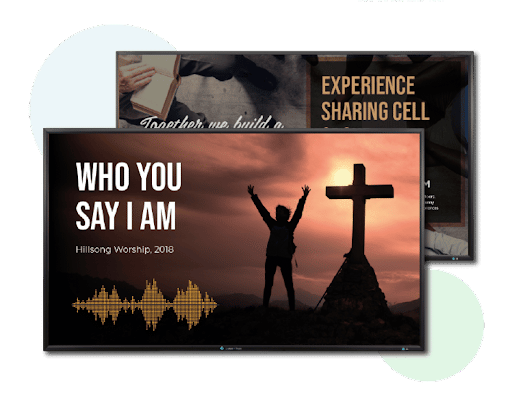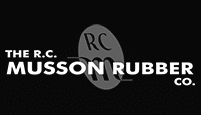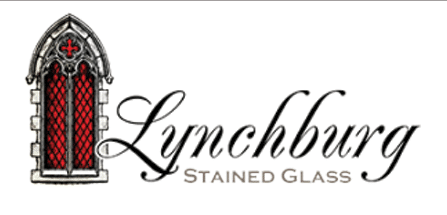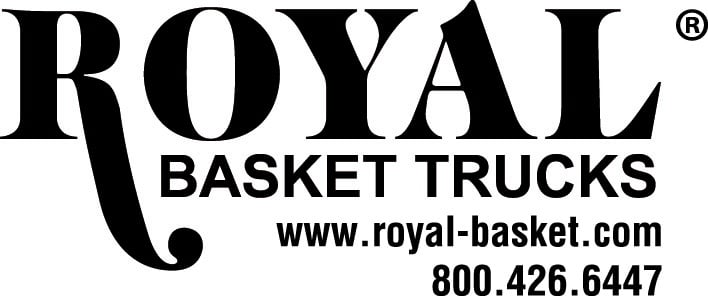By Ashley Kim
Churches are the main source of community for many people. As such, it is essential for churches to curate in-person experiences that make churchgoers feel welcome and connected.
A positive experience means newcomers are likelier to stick around, and regular congregants will feel like they’re part of the community.
Posters, bulletin boards, and offering baskets aren’t as effective as they once were. New technology uses dynamic visuals and more streamlined processes to make the overall church experience more engaging.
Below are just a few examples of how this is all possible.
Make Announcements Digital
Designating one or more screens for announcements in high-traffic areas is an efficient way to dispense information. Many churches make announcements verbally or on a screen during service.
However, it can be easy to forget the details unless congregants write them down or snap a picture at just the right moment.
Bulletin boards just don’t cut it anymore. They cause a tremendous amount of clutter and updating them can be tedious.
Similarly, printing paper announcements (posters, flyers, etc.) requires time and resources that could be better spent elsewhere.
Digital signage is a modern, effective solution to this issue. Dynamic 4K screens are much more attention-grabbing than static posters, making people likelier to read announcements, updates, and more.
You also have the option to incorporate videos, graphics, GIFs, and music. Unlike physical materials, screen content updates instantly — there’s no printing required.
Digital signage makes multiple announcements on the same screen (simultaneously or in a rotation). Graphic design tools and templates make them visually appealing and engaging.
Meanwhile, strategic screen placement helps more people know what’s happening and where to find information.
Elevate Events
Events are one way to foster fellowship in your church community. For example, Washington Baptist Church uses a live calendar that syncs to the church’s Google calendar and updates automatically to reflect changes in real-time.
The calendar alternates with other on-screen displays, such as announcements and welcome messages. Sharing a calendar keeps everyone mindful of important dates and upcoming events.
You could also connect your signage to Instagram, which is great for sharing photos and videos of fun events. Churches can create hashtags that community members can use to share snapshots of the events, whether it’s a youth retreat, church picnic, or VBS.
Seeing their own posts displayed on screens can strengthen congregants’ sense of belonging to the larger church community.
Modernize Giving
Many churches have already made the transition to some version of online giving. QR codes are another step forward. Using QR codes ensures people get to the right website without typos from copying long URLs.
In addition to putting QR codes on slides during service, display them on digital signage alongside announcements.
Even better, use self-service kiosks to make giving more convenient. Kiosks eliminate the need for people to go to a website and enter their information. Congregants can simply tap, insert, or swipe.
Giving is an integral part of any church. Whether it’s to support staff, mission trips, missionaries, events, and community outreach, it can be challenging to rely on giving to fund all these ministries.
Live leaderboards can make giving fun by encouraging a little friendly competition. For example, let’s say your church is fundraising to provide relief for Ukrainian refugees. Small groups can “compete” to see which group can raise the most money.
The leaderboard will update in real-time as people give, and groups will be able to see where they rank. At the end of the fundraising period, the group in the lead can be rewarded or recognized.
Easy Content Management
The best part of all is that these features can be managed remotely from a single device. This is incredibly convenient for churches because they’re often run by volunteers, which means a different person might be in charge of the tech on any given week.
If the volunteer is unable to attend in person, they can still manage the experience without having to physically be at church. Anyone with access to the church’s account can log in and manage different content and features.
Most of this technology can be set up in less than five minutes. It is designed to support anywhere from 1 to 1,000 screens, all of which can be updated simultaneously.
With more than 100 apps to choose from, you have the flexibility to experiment. Trial and error is low risk — implementation is easy, and getting rid of things is just as simple.
Efficiently display announcements, build tight-knit communities, and bolster giving to elevate your church’s in-person experience. Tailor it to reflect the values of the church while creating a warm and inviting environment for any churchgoer.
Ashley Kim is a content copywriter at Raydiant, which offers church digital signage for better in-location experience management, www.raydiant.com.














